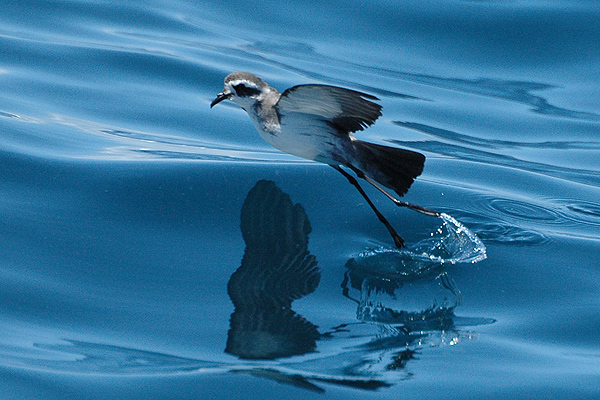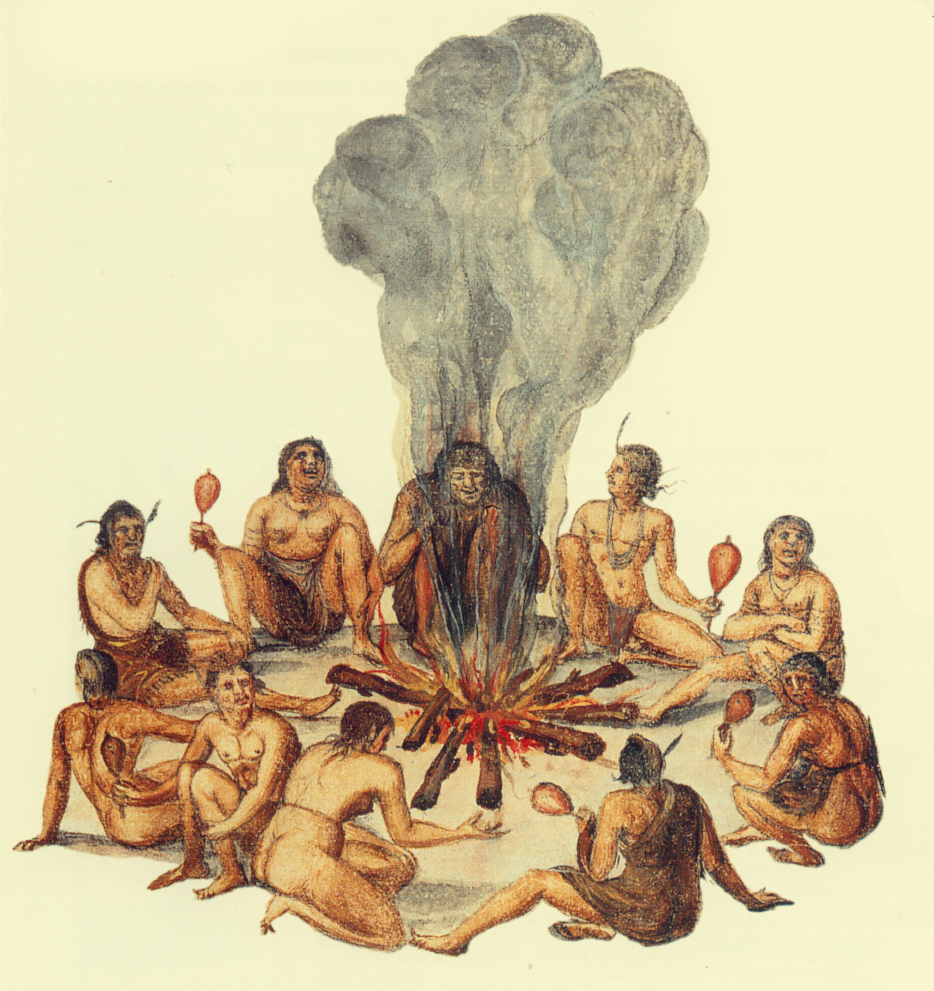|
Oceanites
''Oceanites'' is a genus of seabird in the austral storm petrel family. The genus name refers to the mythical Oceanids, the three thousand daughters of Tethys. It contains the following species: * Wilson's storm petrel Wilson's storm petrel (''Oceanites oceanicus''), also known as Wilson's petrel, is a small seabird of the austral storm petrel family Oceanitidae. It is one of the most abundant bird species in the world and has a circumpolar distribution mainly ..., ''Oceanites oceanicus'' * Elliot's storm petrel, ''Oceanites gracilis'' * Pincoya storm petrel, ''Oceanites pincoyae'' * Andean storm petrel, ''Oceanites barrosi'' References Bird genera Taxa named by Alexander von Keyserling Taxa named by Johann Heinrich Blasius Taxonomy articles created by Polbot {{procellariiformes-stub ... [...More Info...] [...Related Items...] OR: [Wikipedia] [Google] [Baidu] |
Wilson's Storm Petrel
Wilson's storm petrel (''Oceanites oceanicus''), also known as Wilson's petrel, is a small seabird of the austral storm petrel family Oceanitidae. It is one of the most abundant bird species in the world and has a circumpolar distribution mainly in the seas of the southern hemisphere but extending northwards during the summer of the northern hemisphere. The world population was estimated in 2022 as stable at 8 to 20 million birds. In 2010 it had been estimated at 12–30 million. A 1998 book had estimated more than 50 million pairs. The name commemorates the Scottish-American ornithologist Alexander Wilson (ornithologist), Alexander Wilson. The genus name ''Oceanites'' refers to the mythical Oceanids, the three thousand daughters of Tethys (mythology), Tethys. The species name is from Latin ''oceanus'', "ocean". Taxonomy Originally described in the genus ''Procellaria'' it has been placed under the genus ''Oceanites''. Two or three subspecies are recognized and one population '' ... [...More Info...] [...Related Items...] OR: [Wikipedia] [Google] [Baidu] |
Austral Storm Petrel
Austral storm petrels, or southern storm petrels, are seabirds in the family Oceanitidae, part of the order Procellariiformes. These smallest of seabirds feed on planktonic crustaceans and small fish picked from the surface, typically while hovering. Their flight is fluttering and sometimes bat-like. Austral storm petrels have a cosmopolitan distribution, being found in all oceans, although only Wilson's storm petrel and white-faced storm petrel are found in the Northern Hemisphere. They are almost all strictly pelagic, coming to land only when breeding. In the case of most petrel species, little is known of their behaviour and distribution at sea, where they can be hard to find and harder to identify. They are colonial nesters, displaying strong philopatry to their natal colonies and nesting sites. Most species nest in crevices or burrows, and all but one species attend the breeding colonies nocturnally. Pairs form long-term monogamous bonds and share incubation and chick-feed ... [...More Info...] [...Related Items...] OR: [Wikipedia] [Google] [Baidu] |
Oceanites
''Oceanites'' is a genus of seabird in the austral storm petrel family. The genus name refers to the mythical Oceanids, the three thousand daughters of Tethys. It contains the following species: * Wilson's storm petrel Wilson's storm petrel (''Oceanites oceanicus''), also known as Wilson's petrel, is a small seabird of the austral storm petrel family Oceanitidae. It is one of the most abundant bird species in the world and has a circumpolar distribution mainly ..., ''Oceanites oceanicus'' * Elliot's storm petrel, ''Oceanites gracilis'' * Pincoya storm petrel, ''Oceanites pincoyae'' * Andean storm petrel, ''Oceanites barrosi'' References Bird genera Taxa named by Alexander von Keyserling Taxa named by Johann Heinrich Blasius Taxonomy articles created by Polbot {{procellariiformes-stub ... [...More Info...] [...Related Items...] OR: [Wikipedia] [Google] [Baidu] |
Elliot's Storm Petrel
Elliot's storm petrel (''Oceanites gracilis'') is a species of seabird in the storm petrel family Oceanitidae. The species is also known as the white-vented storm petrel. Retrieved 9 June 2014 There are two subspecies, ''O. g. gracilis'', which is found in the off and , and ''O. g. galapagoensis'', which is found in the waters around the |
Pincoya Storm Petrel
The Pincoya storm petrel (''Oceanites pincoyae'') is a sea bird of the storm petrel family. The specific name commemorates the Pincoya, a female water spirit of the Chilote mythology. After being first brought to the attention of the world from photographs taken by Seamus Enright and Michael O'Keeffe in 2009 this species was finally formally discovered and examined in 2011 and scientifically described in 2013. It is known "only from waters near Chiloé Island (Reloncavi Sound and the Chacao Channel), Chile".Clements, J. F., T. S. Schulenberg, M. J. Iliff, D. Roberson, T. A. Fredericks, B. L. Sullivan, and C. L. Wood. 2015. ''The eBird/Clements checklist of birds of the world: v2015''. Downloaded from http://www.birds.cornell.edu/clementschecklist/download/ Description The holotype, a female, which was captured, examined, and released afterwards on 19 February 2011 has the following measurements: head and bill length 32.9 mm, exposed culmen length 11.5 mm, bill length fr ... [...More Info...] [...Related Items...] OR: [Wikipedia] [Google] [Baidu] |
Taxa Named By Alexander Von Keyserling
In biology, a taxon (back-formation from ''taxonomy''; : taxa) is a group of one or more populations of an organism or organisms seen by taxonomists to form a unit. Although neither is required, a taxon is usually known by a particular name and given a particular ranking, especially if and when it is accepted or becomes established. It is very common, however, for taxonomists to remain at odds over what belongs to a taxon and the criteria used for inclusion, especially in the context of rank-based (" Linnaean") nomenclature (much less so under phylogenetic nomenclature). If a taxon is given a formal scientific name, its use is then governed by one of the nomenclature codes specifying which scientific name is correct for a particular grouping. Initial attempts at classifying and ordering organisms (plants and animals) were presumably set forth in prehistoric times by hunter-gatherers, as suggested by the fairly sophisticated folk taxonomies. Much later, Aristotle, and later still ... [...More Info...] [...Related Items...] OR: [Wikipedia] [Google] [Baidu] |
Bird Genera
Birds are a group of warm-blooded vertebrates constituting the class (biology), class Aves (), characterised by feathers, toothless beaked jaws, the Oviparity, laying of Eggshell, hard-shelled eggs, a high Metabolism, metabolic rate, a four-chambered heart, and a strong yet lightweight Bird skeleton, skeleton. Birds live worldwide and range in size from the bee hummingbird to the common ostrich. There are over 11,000 living species and they are split into 44 Order (biology), orders. More than half are passerine or "perching" birds. Birds have Bird wing, wings whose development varies according to species; the only known groups without wings are the extinct moa and elephant birds. Wings, which are modified forelimbs, gave birds the ability to fly, although further evolution has led to the Flightless bird, loss of flight in some birds, including ratites, penguins, and diverse endemism, endemic island species. The digestive and respiratory systems of birds are also uniquely a ... [...More Info...] [...Related Items...] OR: [Wikipedia] [Google] [Baidu] |
Andean Storm Petrel
The Andes ( ), Andes Mountains or Andean Mountain Range (; ) are the longest continental mountain range in the world, forming a continuous highland along the western edge of South America. The range is long and wide (widest between 18°S and 20°S latitude) and has an average height of about . The Andes extend from south to north through seven South American countries: Argentina, Chile, Bolivia, Peru, Ecuador, Colombia, and Venezuela. Along their length, the Andes are split into several ranges, separated by intermediate depressions. The Andes are the location of several high plateaus—some of which host major cities such as Quito, Bogotá, Cali, Arequipa, Medellín, Bucaramanga, Sucre, Mérida, El Alto, and La Paz. The Altiplano Plateau is the world's second highest after the Tibetan Plateau. These ranges are in turn grouped into three major divisions based on climate: the Tropical Andes, the Dry Andes, and the Wet Andes. The Andes are the highest mountain range ou ... [...More Info...] [...Related Items...] OR: [Wikipedia] [Google] [Baidu] |
Oceanid
In Greek mythology, the Oceanids or Oceanides ( ; , ) are the nymphs who were the three thousand (a number interpreted as meaning "innumerable") daughters of the Titans Oceanus and Tethys. Description and function The Oceanids' father Oceanus was the great primordial world-encircling river, their mother Tethys was a sea goddess, and their brothers the river gods (also three thousand in number) were the personifications of the great rivers of the world. Like the rest of their family, the Oceanid nymphs were associated with water, as the personification of springs. Hesiod says they are "dispersed far and wide" and everywhere "serve the earth and the deep waters", while in Apollonius of Rhodes' ''Argonautica'', the Argonauts, stranded in the desert of Libya, beg the "nymphs, sacred of the race of Oceanus" to show them "some spring of water from the rock or some sacred flow gushing from the earth". The Oceanids are not easily categorized, nor confined to any single function, no ... [...More Info...] [...Related Items...] OR: [Wikipedia] [Google] [Baidu] |
Tethys (mythology)
In Greek mythology, Tethys (; ) was a Titans, Titan daughter of Uranus (mythology), Uranus and Gaia (mythology), Gaia, a sister and wife of the Titan Oceanus, and the mother of the River gods (Greek mythology), river gods and the Oceanids. Although Tethys had no active role in Greek mythology and no established cults, she was depicted in mosaics decorating baths, pools, and triclinium, triclinia in the Greek East, particularly in Antioch and its suburbs, either alone or with Oceanus. Genealogy Tethys was one of the Titan offspring of Uranus (Sky) and Gaia (Earth). Hesiod lists her Titan siblings as Oceanus, Coeus, Crius, Hyperion (mythology), Hyperion, Iapetus (mythology), Iapetus, Theia, Rhea (mythology), Rhea, Themis, Mnemosyne, Phoebe (Titaness), Phoebe, and Cronus. Tethys married her brother Oceanus, an enormous river encircling the world, and was by him the mother of numerous sons (the River gods (Greek mythology), river gods) and numerous daughters (the Oceanids). Accordi ... [...More Info...] [...Related Items...] OR: [Wikipedia] [Google] [Baidu] |
North Carolina
North Carolina ( ) is a U.S. state, state in the Southeastern United States, Southeastern region of the United States. It is bordered by Virginia to the north, the Atlantic Ocean to the east, South Carolina to the south, Georgia (U.S. state), Georgia to the southwest, and Tennessee to the west. The state is the List of U.S. states and territories by area, 28th-largest and List of U.S. states and territories by population, 9th-most populous of the List of states and territories of the United States, United States. Along with South Carolina, it makes up the Carolinas region of the East Coast of the United States, East Coast. At the 2020 United States census, 2020 census, the state had a population of 10,439,388. Raleigh, North Carolina, Raleigh is the state's List of capitals in the United States, capital and Charlotte, North Carolina, Charlotte is its List of municipalities in North Carolina, most populous and one of the fastest growing cities in the United States. The Charl ... [...More Info...] [...Related Items...] OR: [Wikipedia] [Google] [Baidu] |







